Real world data
-
@dimitrios-kanellopoulos I noticed several times, garmin imported routes add an offset in QS because of missing imported points. (same file imported in SA shows the good starting point)
-
@chrisc92 do you have an example for me ?
-
the QS merge of initial data from @André-Faria saved as GPX routes
-
Garmin 530 https://connect.garmin.com/modern/activity/7030987942 (458m ascent) saved as a GC route
-
Suunto S9P https://www.suunto.com/en-be/move/andrfaria640/60d8a12f1c6b0f5222d3db2a (316m ascent) saved as a SA route
-
-
@chrisc92 I think its the save as route. Using the original files this should not be an issue.
Just for the sake of it, QS just reads the points. If there is a glitch that should come from the source of it.
-
@dimitrios-kanellopoulos maybe you know how to export a gpx from SA or GC someone else activity ? I could just save the activity as routes.
So I imported The Garmin route in SA in this gpx file where I do not see the glitch.
then in QS import SA route GPX into QS is ok
but import Garmin route GPX into QS has a glitch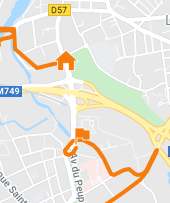
so the translation of Garmin GPX by SA went Ok.
Gpx is a very simple xml text file with lines of GPS and elev data<rtept lat=“50.652588” lon=“3.0599594”><ele>23.4</ele>
I don’t understand how the first lines are not displayed when direct import from Garmin i will try to search for a gpx comparison tool
-
@chrisc92 I see the issue. You are right.
-
to compare, here are two similar short uphill sessions in the same spot with S9P
the first one with the HR belt
the second with the OHR
it is clear that with the OHR the frequency does not rise.
i say that the effort is about 30-35 seconds and that the recovery was very slow.
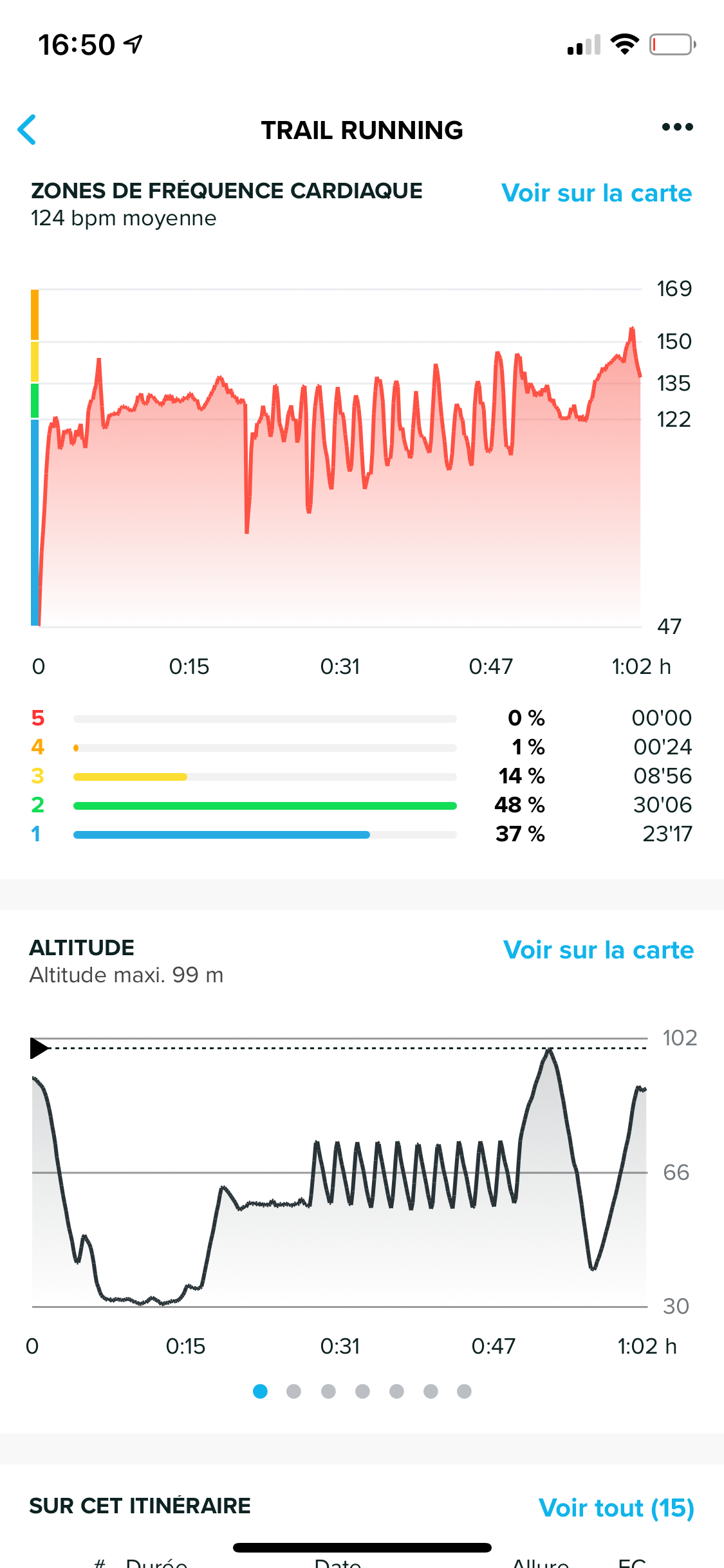
-
Does anyone have any examples or comparisons for walking / Hiking / trekking with HR Belt and OHR, for me personally that is the most likely activity type / scenario I would use the OHR rather than the belt. I would almost always use a belt when undertaking any other activity.
I currently have the S9B and the OHR for walking is terrible so would be very interested to understand how the peak’s OHR performs.
Many Thanks -
@t1sugar I already posted a comparison of Peak’s OHR against a Polar OH1 hiking. Should be on this topic.
-
@t1sugar I have been using the S7 for ski touring and found the OHR easily gets disturbed when using poles.
If you are waling/hiking without poles you should definitely be fine with the new HR sensor of the S9P -
@isazi Thank you, I thought the OH1 was an optical belt, I should have been more specific in my request and asked for a comparison between a standard electrical chest HRM Belt. But nice comparison all the same.
-
@egika Thank you, I dont use poles much so this is very encouraging.
-
@t1sugar I do not carry a chest strap with me while traveling. But I have plenty of comparisons also with a chest strap, and results are good.
-
@egika mine seems to work reasonably well ski touring. It may be related to an individual. Both the S7 and S9P OHR on ski touring has been good but not perfect.
-
Interval training with S9P and OHR : 4 x 6 minutes R3. Seems perfect !
 @Dimitrios-Kanellopoulos good job🤩
@Dimitrios-Kanellopoulos good job🤩

-
I am wondering why the GPX track is wobbling around so much!? (blue is S9P, watch on left wrist, orange is Apex Pro, watch on right wrist)
Trailrun/Speedhike with poles up to 20% gradient:
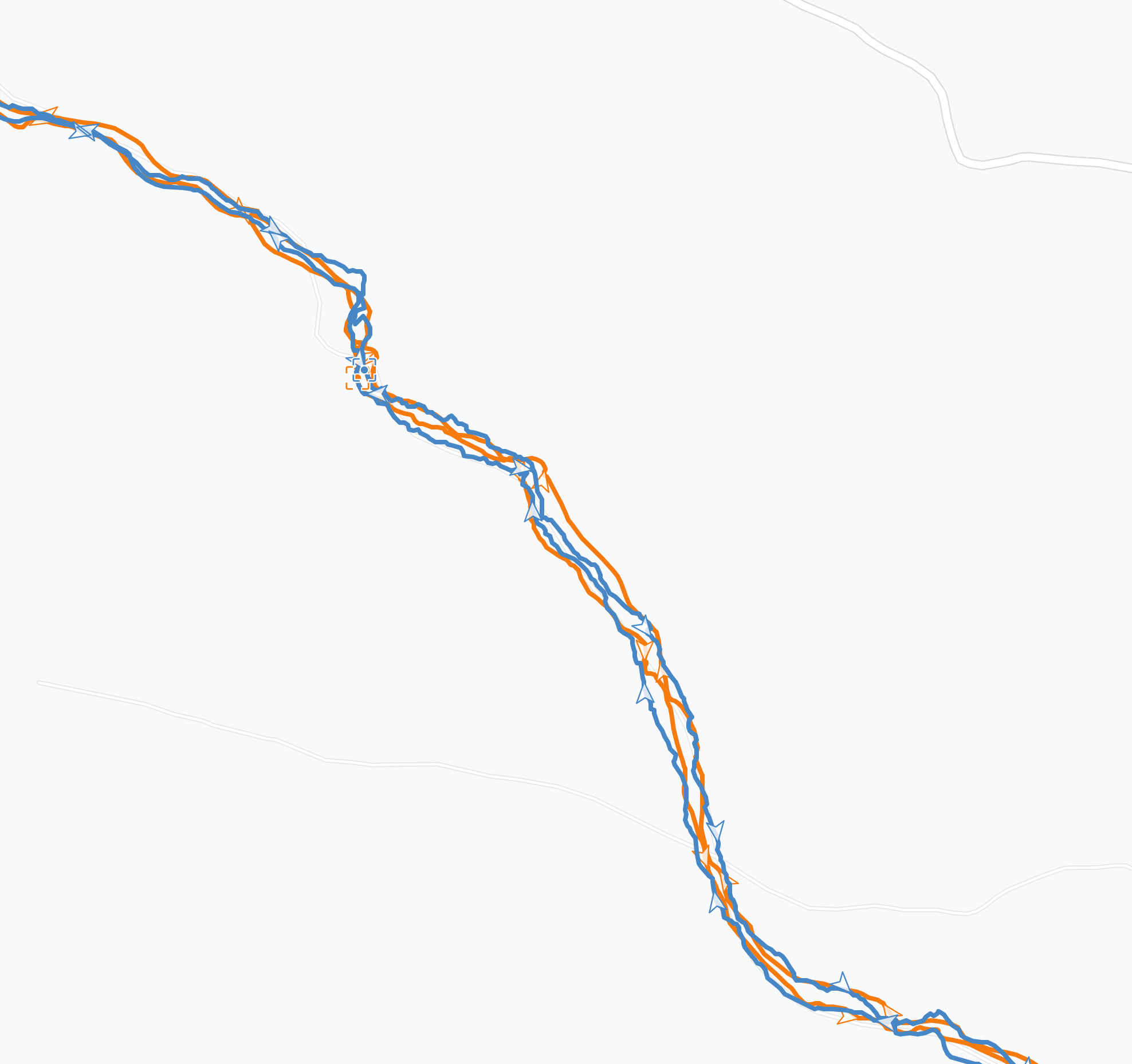
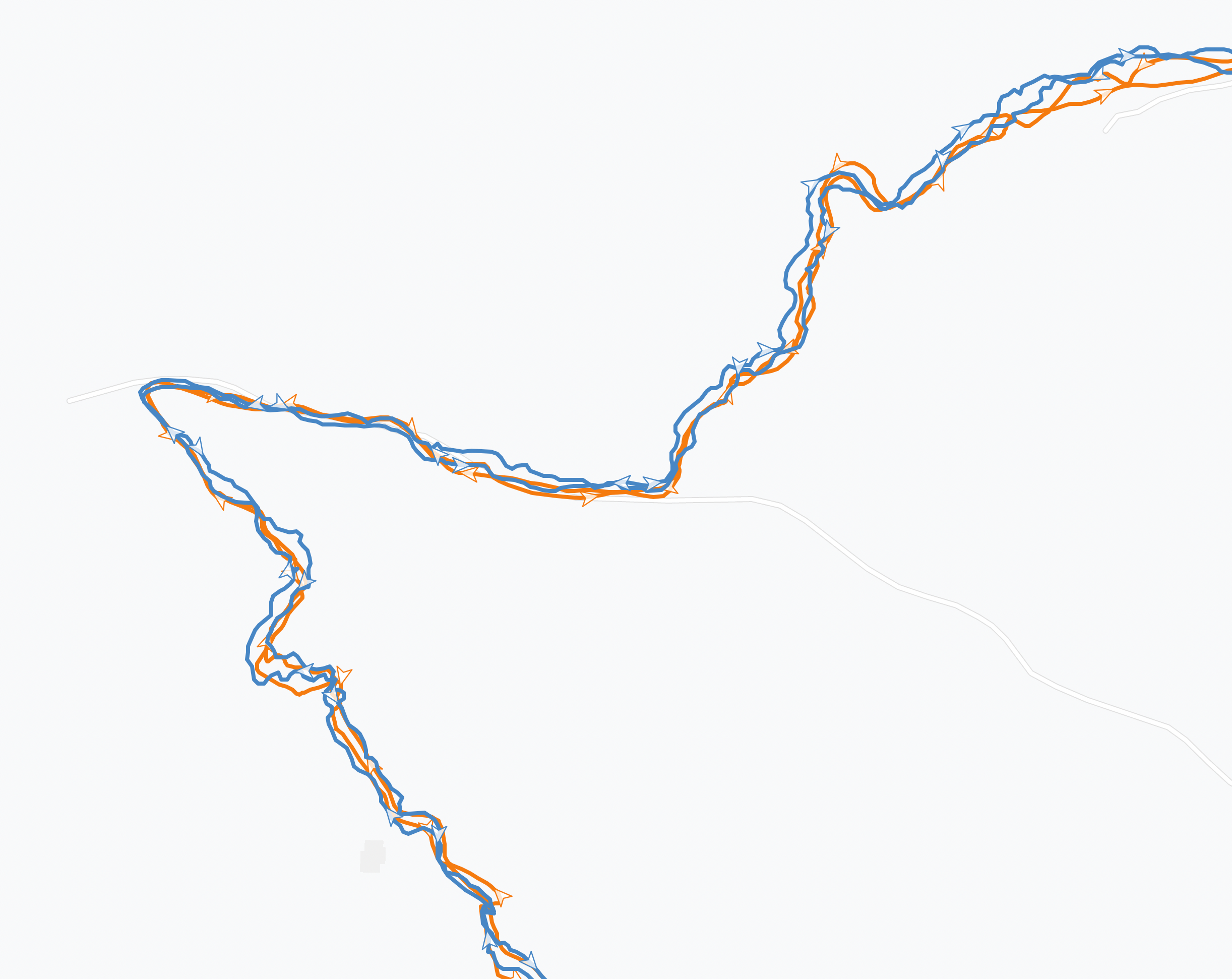
Hiking slowly with kids without poles. S9P left wrist, Apex Pro right wrist.
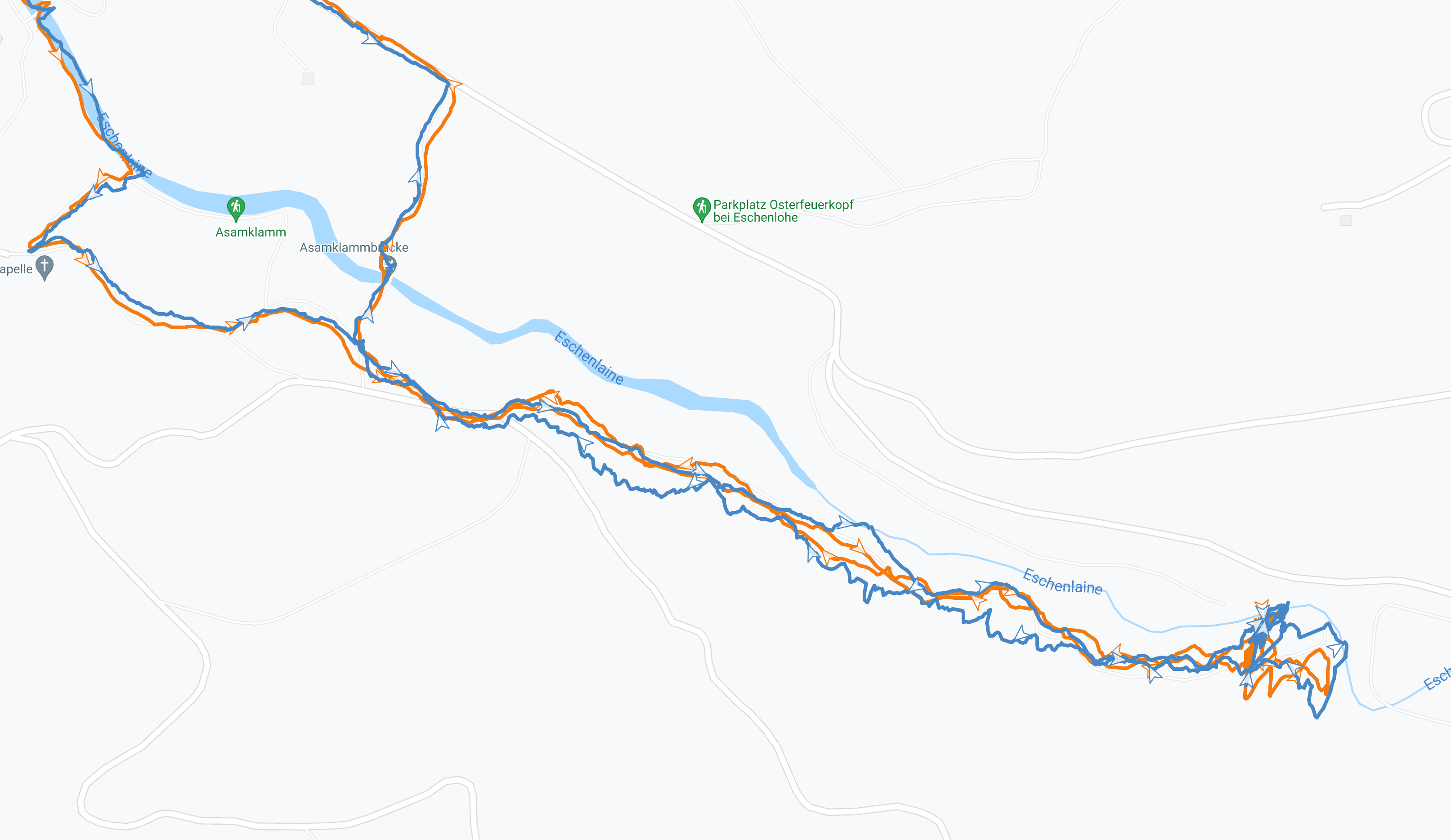
This track is really ugly compared to the Apex Pro . Any ideas why this happened? Only on the right end S9P did it better than Apex Pro when we were playing on that little river. -
@_marcus_ do you use glonass on both?
-
@_marcus_ also right wrist always has better gps. Fyi.
-
@dimitrios-kanellopoulos same settings on both watches: GPS+QZSS, no GLONASS/GALILEO/BEIDOU
-
@dimitrios-kanellopoulos ok, never heard of this. Why is it better on the right wrist?